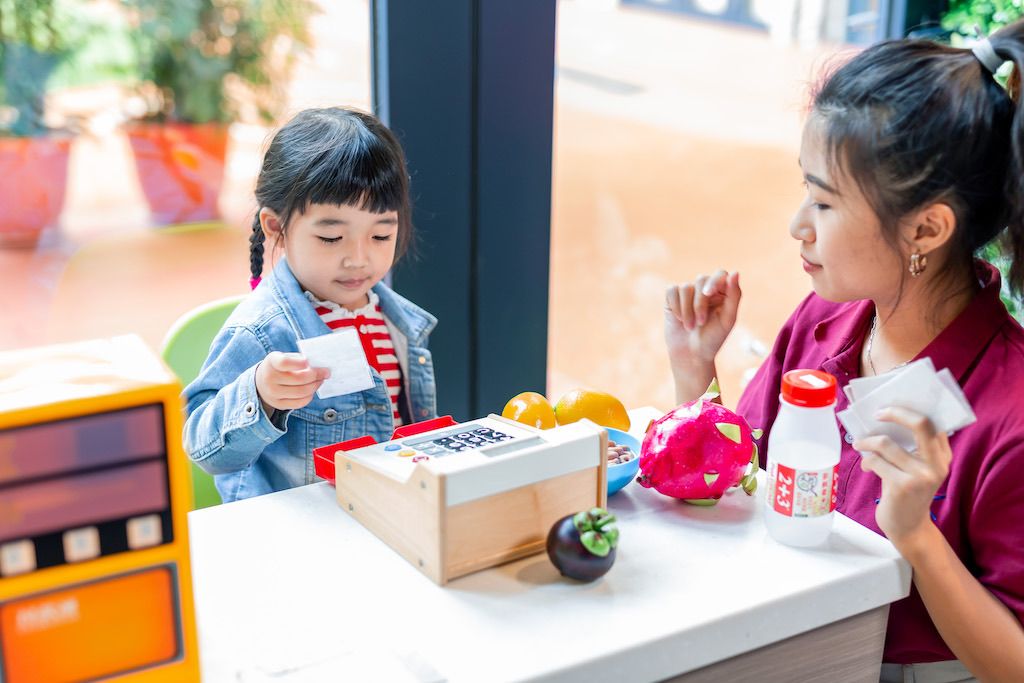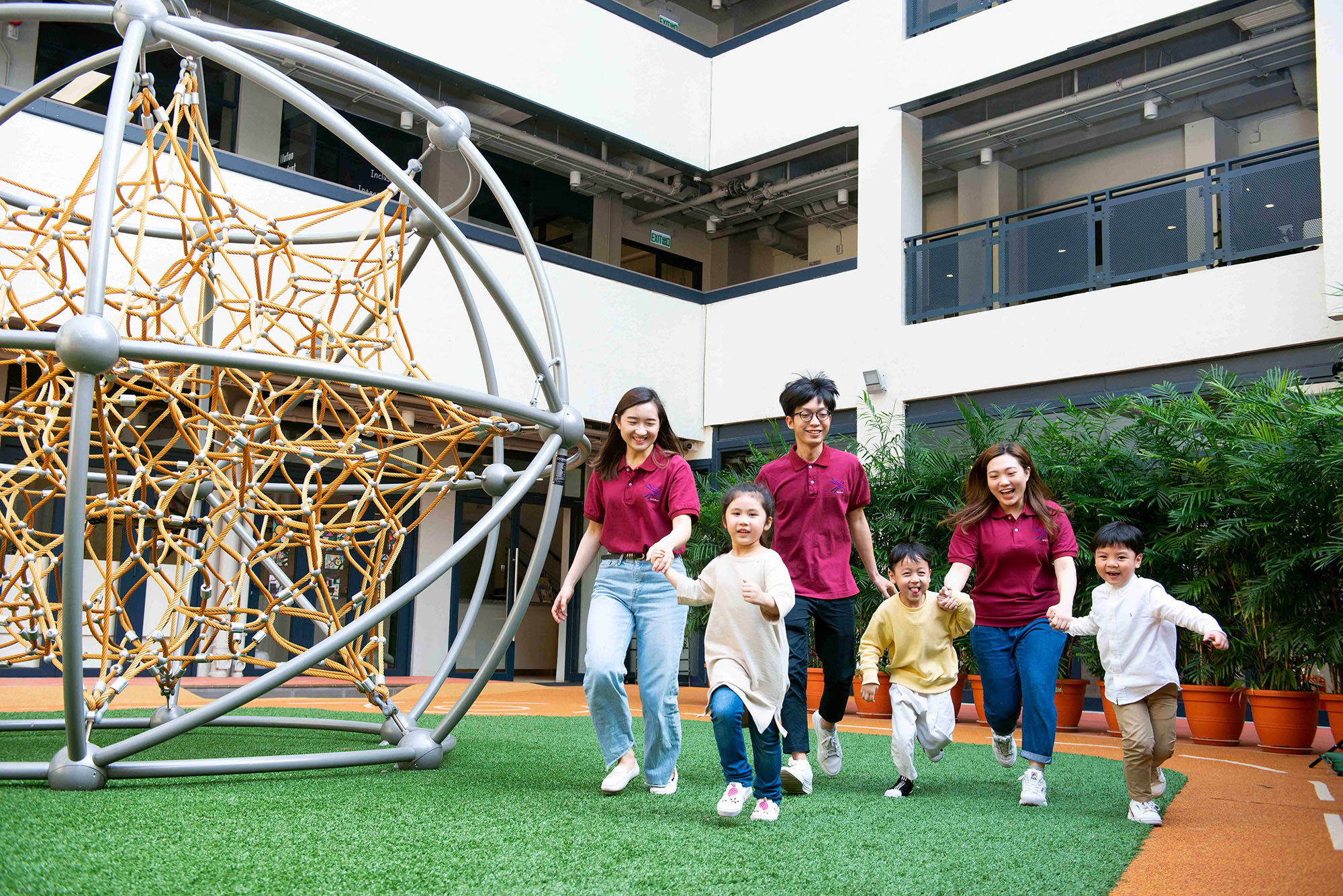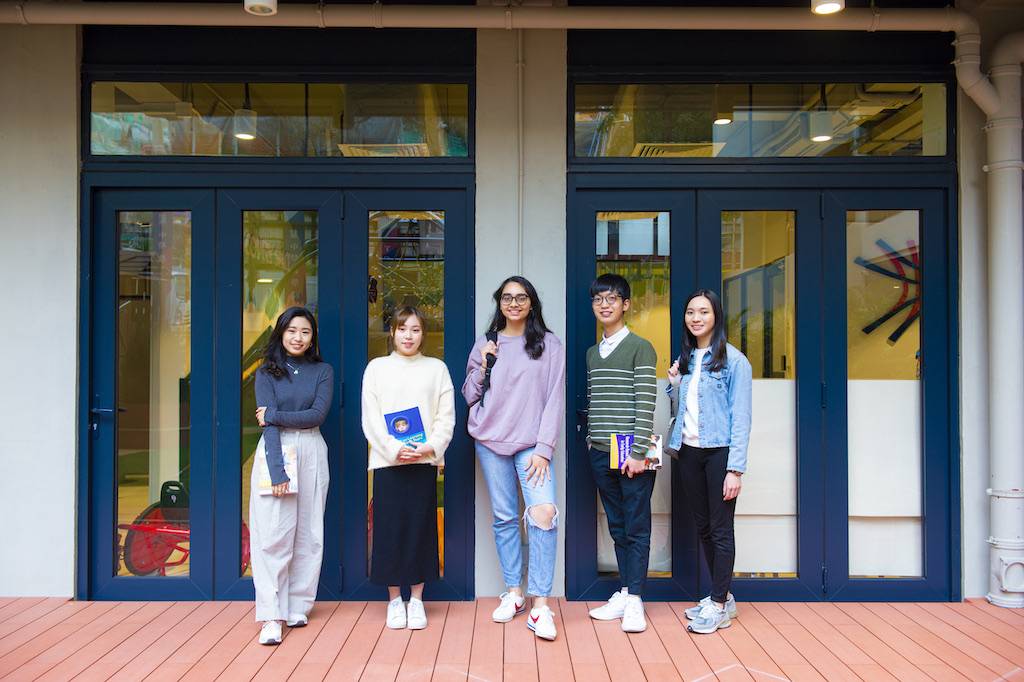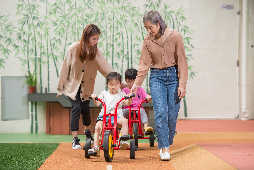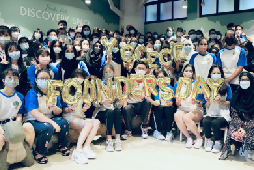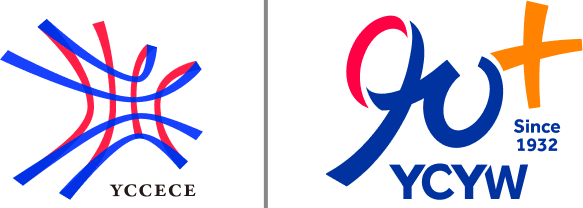Go Back
Media Coverage
Press
Finding a new balance (The Standard, 13 April 2021)
Press
13 Apr, 2021
18 : 00
Kindergartens, primary and secondary school students are gradually returning to school campuses as the Education Bureau announced at the end of last month that the number of students allowed to return to school would increase to two thirds after the Easter holidays.
According to Secretary of Education Kevin Yeung Yun-hung, over 1,400 schools in Hong Kong submitted applications for whole-school resumption of half-day face-to-face classes by arranging for all of their teaching staff to undergo regular Covid testing.
Of these schools, around 750 were kindergartens, along with some 500 tutorial schools and around 160 primary and secondary schools.
A return to school is welcomed by and exciting for many students and of course, parents. But for some, it can cause anxiety or even induce a fear of change.
Whether the adoption of online learning continues in the post-pandemic era or not, education has changed irrevocably, as many children learn out of the classroom. The differences in learning environments and ways of learning may cause significant disruption to a young child’s daily life.
“Instead of describing it as a ‘new normal,’ I would consider the swift transition a ‘new practice,’ as there are always drawbacks to take into account,” said Allan Yuen, president of Yew Chung College of Early Childhood Education. “Covid-19 is not just affecting us now, but will also have a long-term impact.”
He suggested parents and teachers help get children back into a face-to-face or hybrid learning format during the transition period in terms of social interaction, communication and engagement.
Yuen discovered that instead of approaching adults, children tend to find solutions online.
So he encouraged parents to learn new things and follow up with teachers and their child whenever there is a problem to solve, which would demonstrate first-hand trust and dependability with respect to teachers.
More than this, parents are advised to reclaim their position as the source of knowledge and become kids’ go-to people, discussing and figuring out answers and solutions together to strengthen the family connections and bonds.
As children start reengaging with friends and teachers after face-to-face classes resume, teachers need to get their students’ learning back on track.
This includes their mental status and capacity to be focused. Children may have become used to online classes and individual activities on their computers and because of this, Yuen suggested teachers find out whether their students are mentally comfortable with switching between remote learning and physical classes.
In addition, school timetables should be flexible, with relaxing activities to help young children unwind and adapt to classroom life again.
Children are easily distracted when they listen to lectures or read text virtually, so teachers should fully utilize class time and keep students focused by allowing everyone to talk, listen and take part in discussions where they can see each other face to face.
Engaging children with the right learning tools, such as those that encourage collaboration, can also help enhance learning efficiency, which is crucial for children to feel included as they may feel disconnected while socially distanced.
Yuen also reminds teachers and parents of the importance of positive reinforcement.
“Positive reinforcement plays an important role, as we are all adapting to a new practice at school. All caregivers should be reminded to provide positive reinforcement, such as creating a joyful environment and incentives for children with patience and understanding from their point of view. This is also helpful in encouraging learning autonomy,” he said.
“Learning autonomy is all about students taking responsibility for their own learning. With a distinctive rise of e-learning, an autonomous learner can set their own goals and set up plans to achieve them effectively.”
(The Standard, 13 April 2021)

